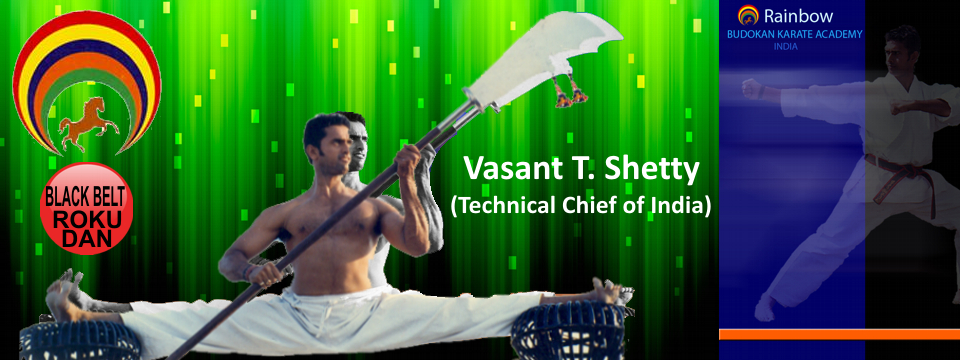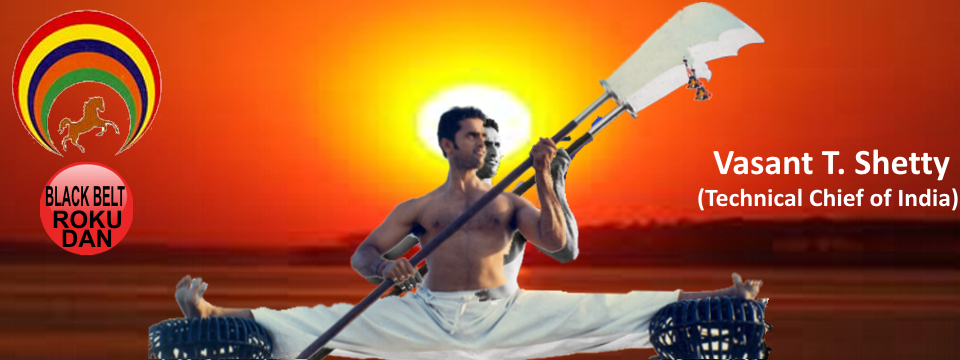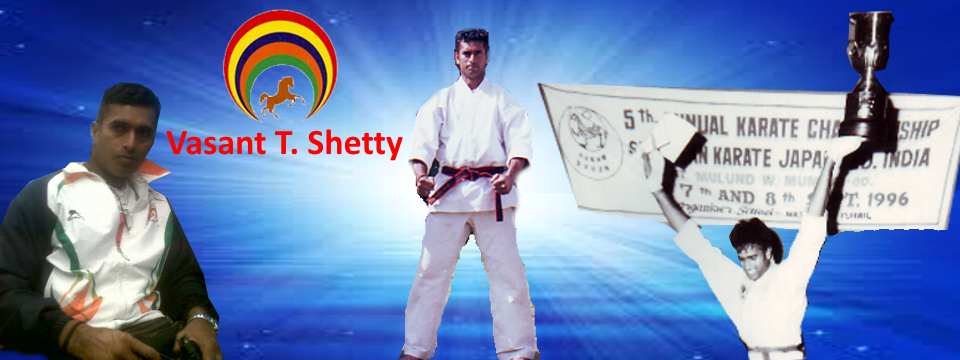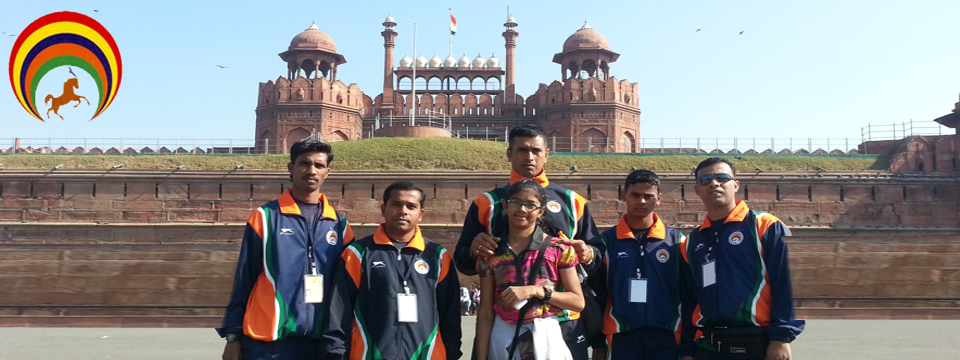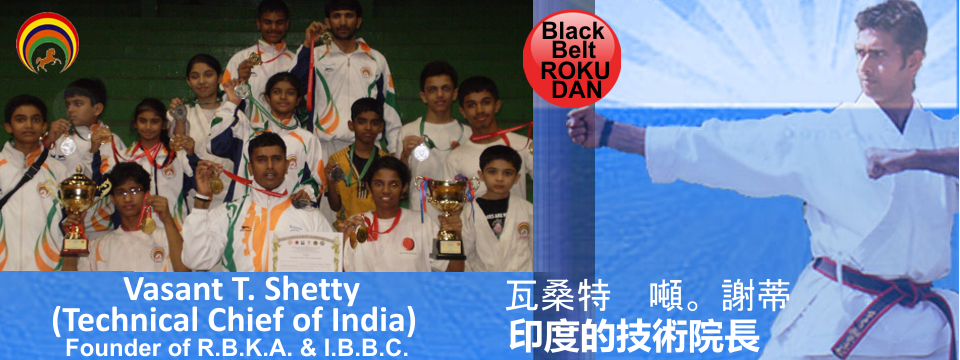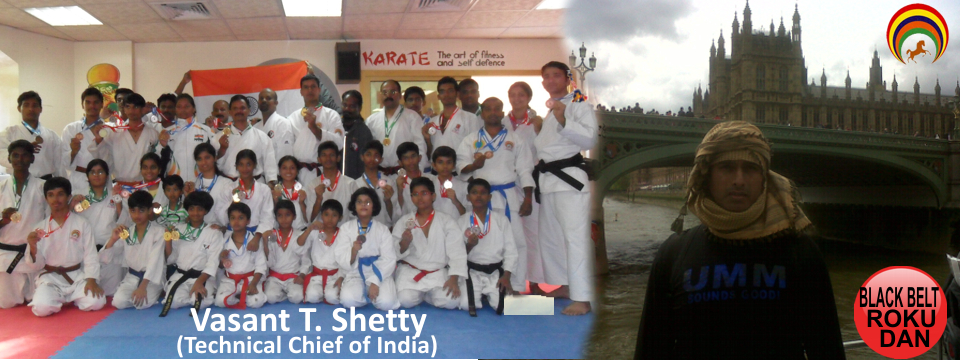Frequently Asked Questions (FAQ) Page 2
Do I need to be in excellent physical shape to start karate?
Not really. Since karate will gradually improve your fitness as you progress, your starting point is less important than the effort you put into it along the way. At the JKA, our traditional focus on the basics and on correct form makes it easy for beginners to train together with experienced individuals yet still progress at their own level of fitness and expertise. If you are less fit, your progress at the start will simply be more moderate; as your fitness improves so will the pace at which you advance.
What is expected of me if I join?
Four things you are expected to be committed to your karate training, and to attend classes on a regular basis. You are expected to give your karate training your maximum effort, and to work hard during practice. You are expected to demonstrate the respect, humility and courtesy upon which karate's long-standing tradition is founded. And of course, you are expected to pay your membership dues and other fees.
What will training involve?
A typical karate practice session usually begins with a comprehensive warm-up, followed by the various training exercises. The exercises are divided into three main categories: kihon (basic techniques), in which you learn the basic blocks, punches, kicks, stances, etc. of karate; kata(forms), in which you practice and physically remember the various kihonlearned; and kumite (sparring), where your kihon and kata techniques are matched against a real opponent. As your skill level increases, so will the difficulty and degree of the exercises. Of course, there will also be times when you are taught theory, dojo etiquette and the more philosophical aspects of karate.
What are the benefits of traditional karate training?
Karate has tremendous benefits for body, mind and spirit. Physically, karate is good for the heart, strengthens bones, builds muscle, creates resilience, develops hand-eye coordination, and makes the body less susceptible to sickness and injury. Mentally, karate helps develop patience, discipline, perseverance, understanding and open-mindedness, as well as concentration and focus. Spiritually, karate builds confidence, develops self-control and increases calmness and peace.
How long does it take to learn karate?
It's really up to you. The more you practice, the more you will improve-for your entire life. There is no limit to mastering karate, no "final destination" at which you can arrive. There are benchmarks along the way however. In the JKA, you progress through a series of belt levels (9th to 1st Kyu). After that, you receive a black belt, and progress through another 9 degrees of black belt (1st to 10th Dan). A student with no prior training joins the JKA as 9th Kyu, and is eligible to take ranking examinations every 3-4 months of training. Since there are 9 examinations you must pass to attain a black belt, the 1st Dan requires a minimum three years of diligent training. It takes several years to attain each subsequent Dan. At these higher levels, you will see that karate is not just something to be learned, but something to be lived. And that takes a lifetime.
Do I have to wear a karate uniform?
Eventually, yes. Karate uniforms (dogi) are usually available through your instructor. Inquire at your dojo for more details.
What do the different colour belts mean?
The different colour belts that karate practitioners (or "karate-ka") wear, are an indication of grade. Each grade up to black belt is called a "kyu". Each black belt grade is called a "dan". The sequence and colour of belts is:
What's the difference between karate and other martial arts?
The main focus of karate is to deal with an attack through evasive body movements and/or blocking, and counter attack using kicks, punches and strikes. Joint locks, restraints and takedowns are also used, but to a lesser extent. This compares with arts such as judo and aikido which depend mainly on throws and restraints, or taekwondo which places more emphasis on kicking than karate. It's not a case of any one art being better than any other - each one just takes a different approach. Because of this, different arts suit different people.
What's the difference between Shotokan and other styles of karate?
There are many different styles of karate, each with its own emphasis and characteristics. For example, styles such as Wado-ryu and Shito-ryu are characterised by light, fast movements while styles such as Goju-ryu and Kyokushinkai are typified by heavy, strong techniques. Shotokan lies somewhere in the middle with elements of both light and heavy styles. The main focus of Shotokan is learning, through correct technique, how to use your body to generate as much power as possible as efficiently as possible, and then using this power to apply defensive and offensive techniques (particularly those from the various kata) against an attacker.
What are karate competitions like?
There are different types of karate competitions with different rules. The type that the DCU club enters are generally "semi-contact". That means light contact is allowed, but if a competitor uses excessive contact or injures their opponent, they will be disqualified. Bouts are usually "shobu-ippon" (first to score 1 full point or 2 half points within a predetermined time wins) or "shobu-sanbon" (first to score 3 full points or 6 half points within a predetermined time wins). There are also kata competitions, where competitors are judged on their performance of kata, both individually and in a synchronized manner as part of a three person team.


